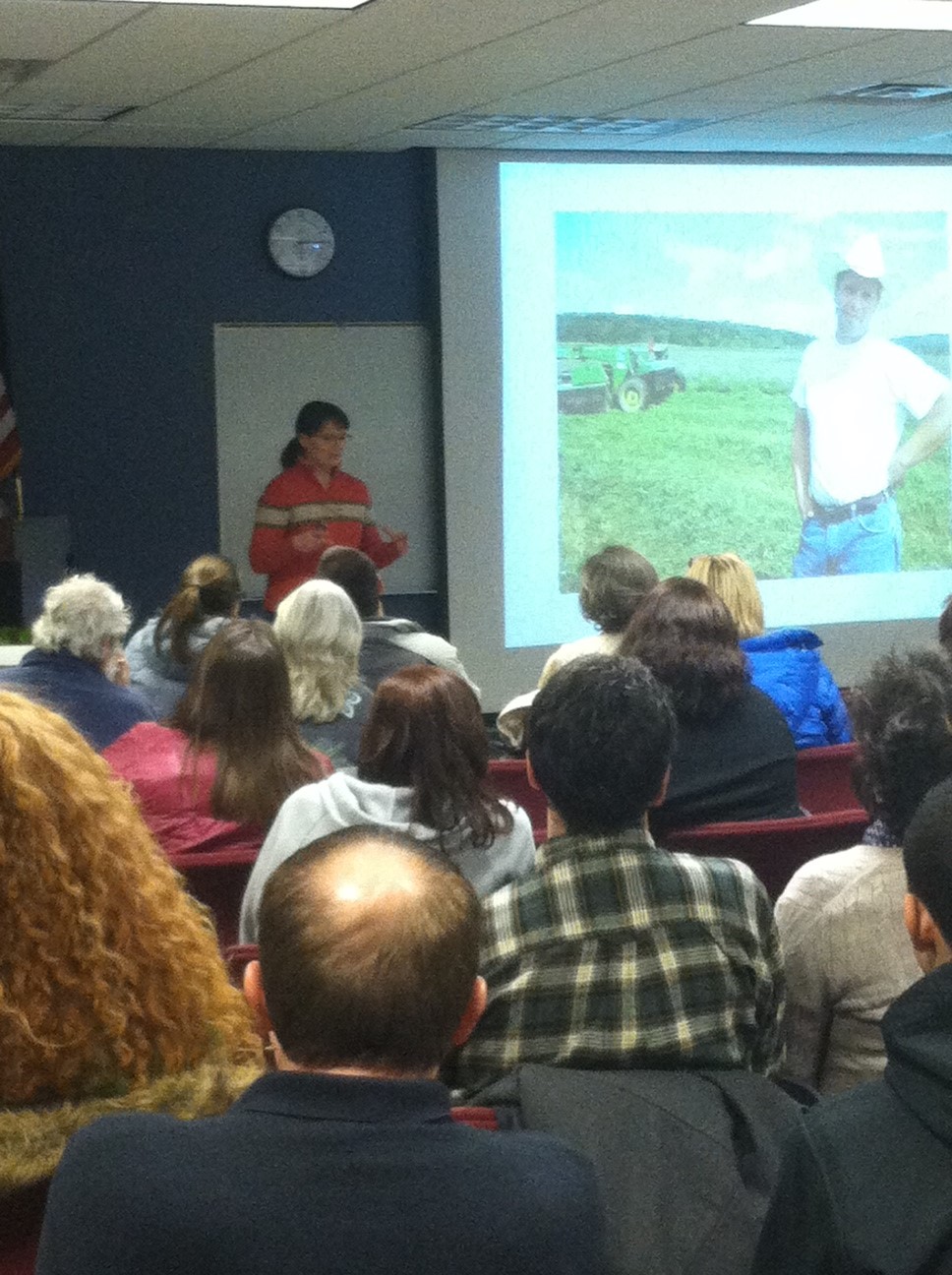Have you ever heard of a “locavore”? A term coined back in 2005, it describes a person who eats foods grown locally. Now, “local” can mean different things to different people—say, 50 miles, 100 miles, or even an entire region, but you get the idea…that locavores are people that strive to consume foods that are produced by his or her neighboring farmers. My grandparents, if they were alive today, would most likely scratch their heads in bemusement: “Um… where else would your food come from?”
But today’s modern food system of grocery stores and vast distribution routes is the result of amazing leaps forward in agriculture, shipping efficiencies, and food science. No matter where you live, you can get out-of-season produce like tomatoes and strawberries in the dead of winter. And when you consider how far many of these products have travelled (the average grocery store item has travelled 1,500 miles), they are remarkably inexpensive, unblemished, and available in seemingly limitless quantities. Why would anyone care to be a “locavore”?
I’ll tell you why. Because the farther food has to travel to get to your table, the less satisfying it is…on every level. The flavor and freshness argument is easy to make. Take the strawberry, for instance. Everyone in the Mohawk Valley has had a freshly picked strawberry—perhaps at one of our fabulous you-pick farms at the peak of its season. Remember how that tasted? Now, think back to the last time you bought strawberries from the grocery store in January. Descriptors like “flavorless” and “Styrofoam” come to my mind. They may look beautiful, but they are a far cry from the ripe, juicy local strawberry.
And what about our local economy? If foods are being shipped in from around the world, how does that affect our local, small family farms? If it’s not killing them, it is surely slowly choking them out of existence. OK… as a local farmer, perhaps I’m being a bit dramatic. Let’s consider for a moment, then, how important it is to our overall local economy to spend dollars on locally grown foods. It is well documented that money spent at locally owned independent businesses generates a much greater economic benefit to the community. Called the “local multiplier effect,” studies have found that $0.68 of every dollar spent locally stays local, compared to $0.43 of every dollar spent at a chain or franchise. Other regions have gone so far as to estimate the economic opportunity lost due to imported foods. The Edible Economy Project estimates that central Illinois loses about $5 billion annually because people buy food and agricultural inputs from outside the area.
Perhaps not so easy to grasp is the effect our modern food system has had on our connection to our food. In my November article, “I Like a Good Story with my Meal,” I argued that food tastes better when we know more about it. Our addiction to grocery stores filled to the brim with imported goods means we are also spoiled by pretty packaging with descriptive slogans. But there’s no connection to the farmer(s) that grew the product, no identity, no story. Unfortunately, the results of this disconnect can be catastrophic, including abysmal wages and deplorable working conditions for farm laborers thousands of miles away, spinach and meats tainted with e-Coli or Salmonella, and ever-increasing processing speeds in gargantuan slaughterhouses. Consumers don’t know who to trust because we don’t know anything about the foods we are consuming.
Finally, I believe our modern food system has inadvertently taken away some sense of community pride and identity in rural communities. When I was growing up in Wisconsin, everyone knew which cheese shop had the freshest cheese curds, based on what day of the week in was. Each small town was fiercely proud of their local butchers’ summer sausage, and you could tell which part of the state someone was from simply by the bratwurst they ate and the beer they drank. I love that sense of place, of being part of something very real. A region’s food identity is part and parcel to its culture and we are supremely fortunate to live in an area capable of producing a wide variety of high quality foods.
Please, don’t get me wrong! I love coffee, sugar, olive oil and chocolate as much as the next person. And no one wants to see a resurgence of scurvy because we’re not getting the right amount of vitamin C from citrus fruits. But I do think our communities could use a good shot in the arm of “locavore love”. If every Mohawk Valley resident decided they would spend just 10% of their grocery budget on locally grown foods, what would be the result? Can we envision a day when the vast majority of our foods are grown within a few miles of our homes; when our kids don’t leave the area after graduation in search of better jobs? Ask a locavore what they think, and how you can become one, too.
